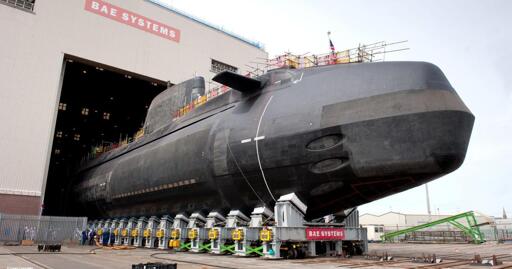The British experience with nuclear submarines reveals a litany of public health risks as well as delays and cost blowouts, and it can confidently be predicted that problems will beset the AUKUS submarine programme ‒ the joint development of nuclear-powered submarines by the UK, the US and Australia.
My new report prepared for Friends of the Earth Australia demonstrates that the development of a nuclear-powered, conventionally-armed nuclear submarine (SSN) fleet entails multiple public health risks and would inevitably suffer from delays and cost-blowouts.
Operational risks of SSN deployment include radiological pollution of marine and coastal environments and wildlife; risks of radioactivity doses to coastal populations; and the serious risk of dangerous collisions between civilian vessels and SSNs, especially in the approaches to busy naval and civilian sea ways and fishing grounds.



The scrubber absorbs the CO2 it doesn’t break the O2 from the C. So H2O to H and O2 to CO2 to storage in the scrubber.
Here is a link to the various methods used for the steps. https://www.marineinsight.com/know-more/submarines-get-oxygen/
@Hugin
Ah, cool. So, O2 replenishment is still required. Ta!